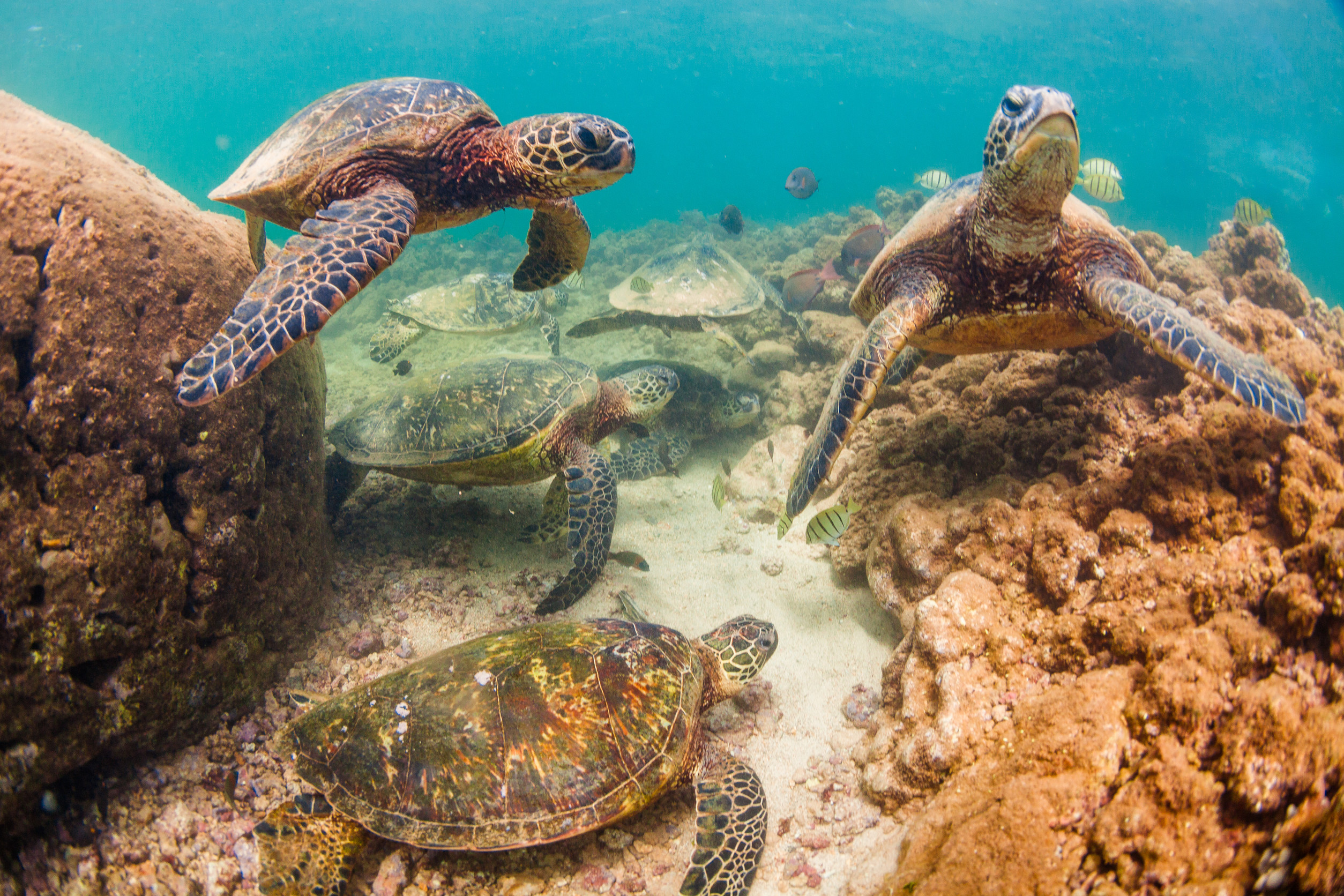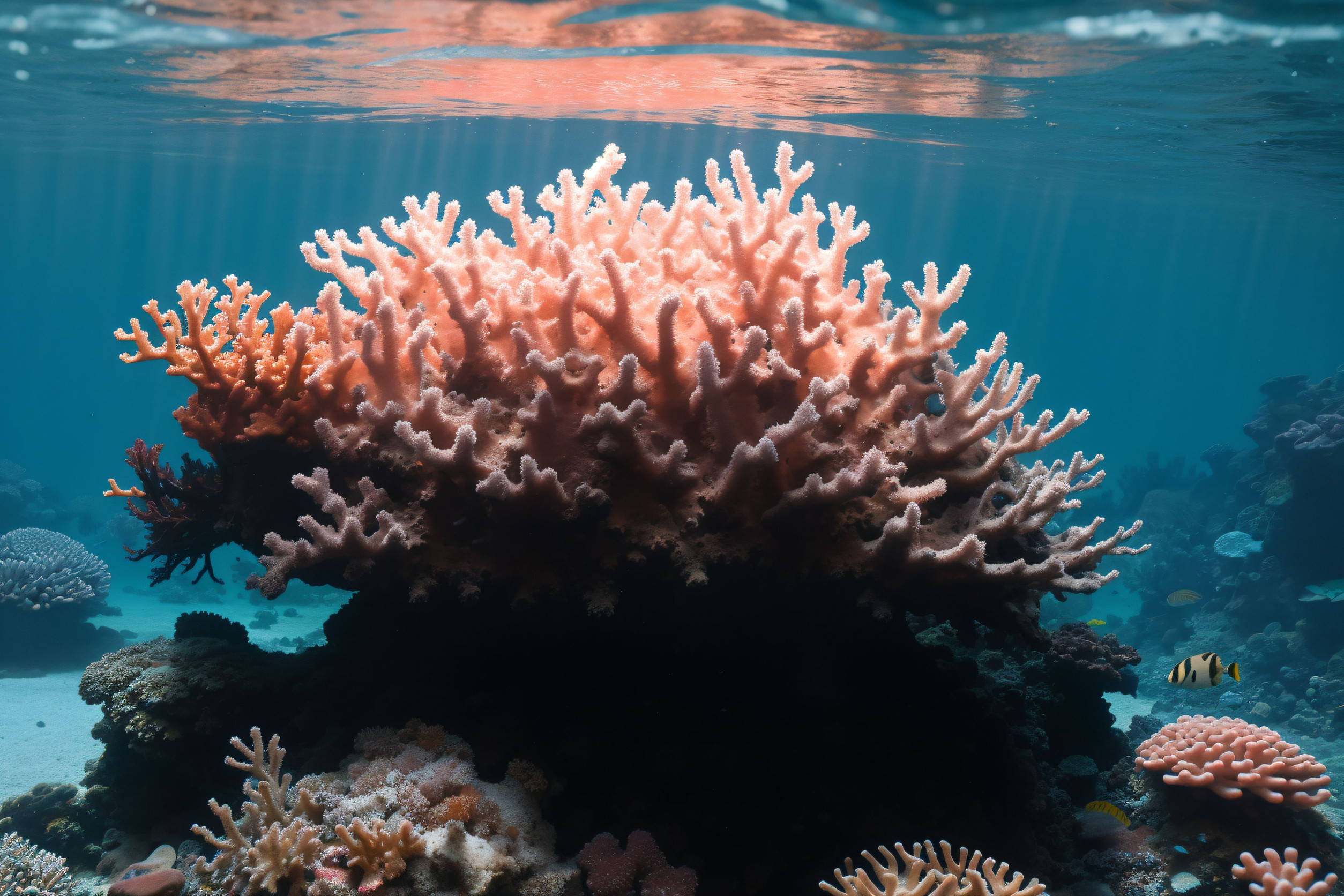Image Credit: shanemyersphoto/123rf.com
A recent global survey published in the journal *Endangered Species Research* indicates that many endangered sea turtle populations are showing signs of recovery. The study, which analyzed 48 sea turtle populations worldwide, found that threats such as hunting, pollution, coastal development, and climate change are declining in over half of the surveyed areas.
Key factors contributing to this positive trend include legal protections and targeted conservation measures. In the United States, the Endangered Species Act of 1973 granted sea turtles legal protection, while Mexico implemented a nationwide ban on all sea turtle captures in 1990. Although the benefits of these laws took time to manifest, many coastal regions are now witnessing the results, with significant population rebounds occurring in places like coastal Mexico and the United States.
Efforts to protect nesting beaches and reduce accidental bycatch—when turtles become unintentionally caught in fishing gear—have also played a crucial role in supporting these vulnerable populations. However, not all sea turtle species are experiencing the same level of recovery. Leatherback turtles, known for their extensive migratory patterns, remain particularly at risk. The International Union for Conservation of Nature (IUCN) classifies leatherbacks as globally vulnerable, with many populations designated as critically endangered. Their long migrations expose them to multiple environmental threats, complicating their recovery.
Despite the encouraging news, experts stress that significant challenges persist. Fishing bycatch remains a major threat to sea turtles globally. While new technologies aim to mitigate this issue, their effectiveness relies on widespread adoption across various fishing communities.
The study represents the first global assessment of sea turtle populations in over a decade, underscoring the impact of concerted conservation efforts. Although full recovery is still a work in progress, the findings highlight the potential for meaningful change in the protection of these iconic marine species.
Check out the original article here: Source link



